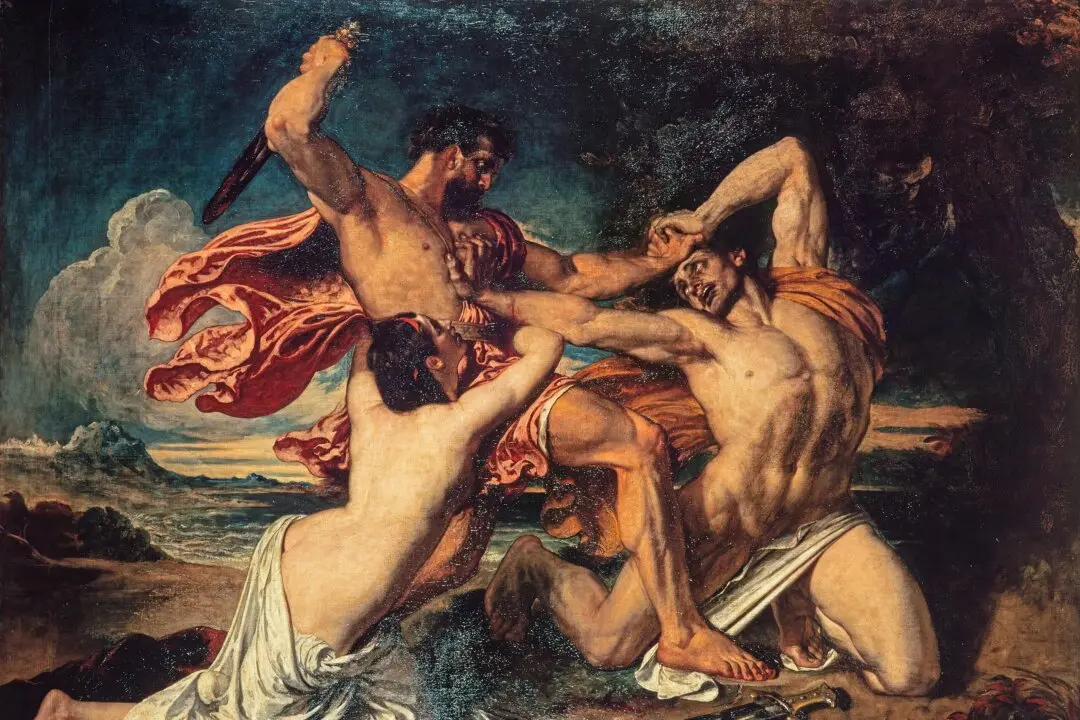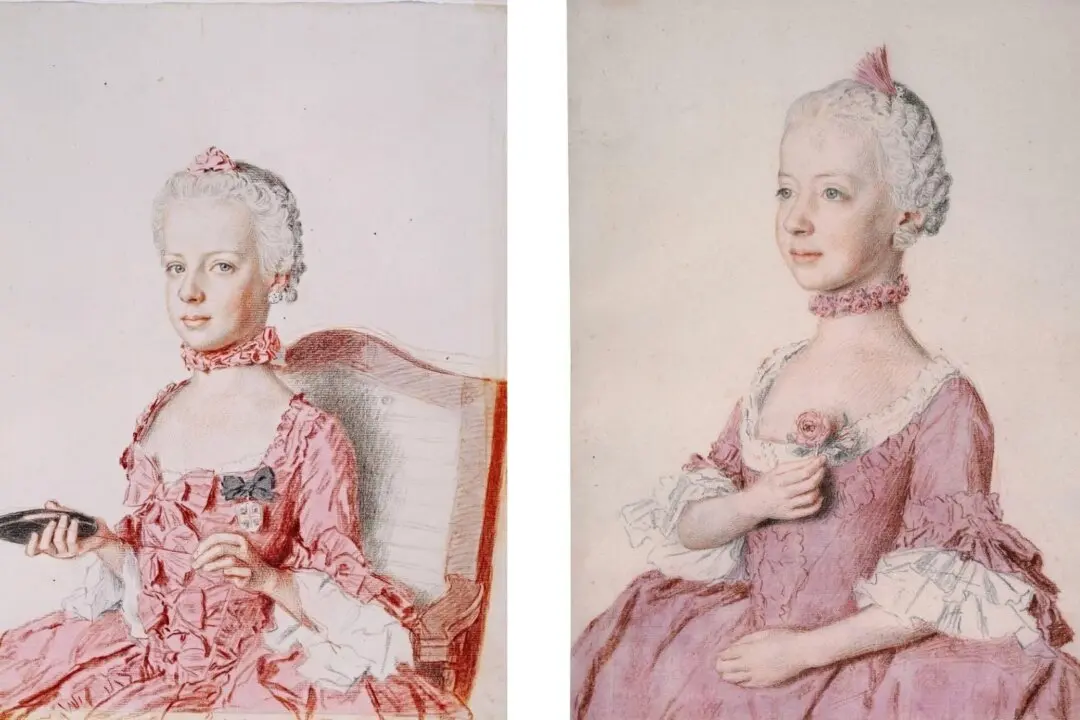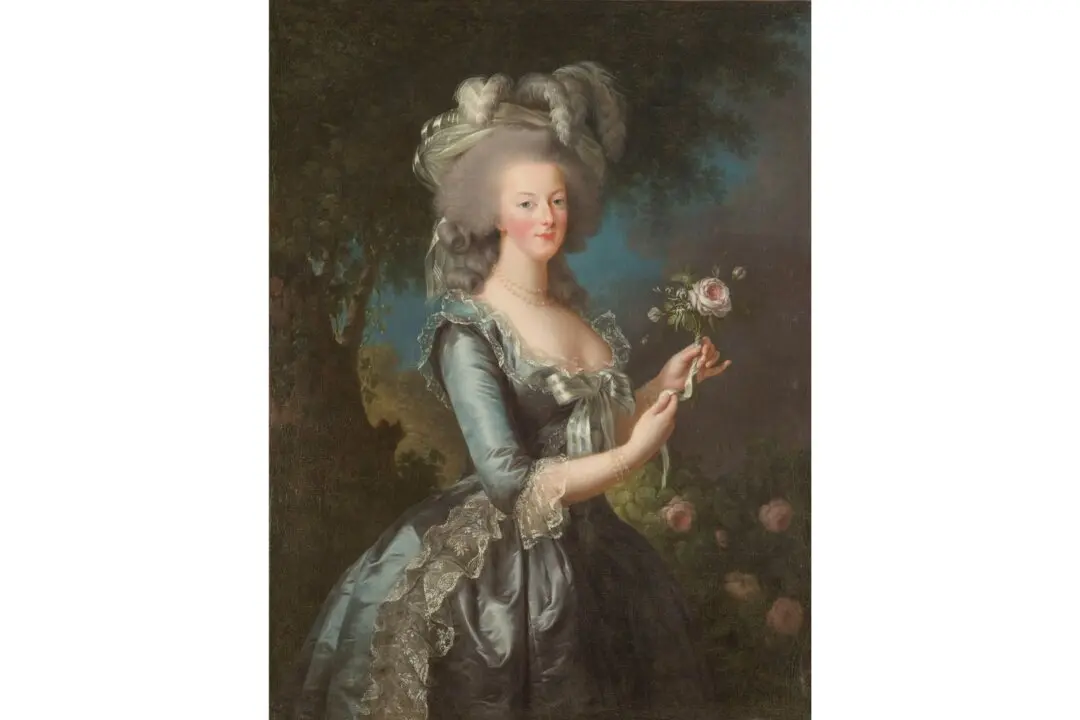Oh, mercy! The soft strength of Mercy personified in “The Combat” by English painter William Etty aligns with Shakespeare’s description of the virtue in “The Merchant of Venice”:
The quality of mercy is not strained; It droppeth as the gentle rain from heaven Upon the place beneath. It is twice blest; It blesseth him that gives and him that takes.
Etty’s painting shows sweet Mercy putting herself in mortal danger to save a vanquished warrior. As the victorious warrior readies his sword for the final blow, Mercy intercedes. She hurls herself into the combat with poise, not punches, clinging to the victor’s waist while looking fearlessly up to the heavens as she pleads for the vanquished warrior’s life.In the foreground, Etty painted a broken sword. It brings to mind the Sword of Mercy, which symbolizes a monarch’s mercy. It’s one of the ceremonial swords used in British coronations since 1626.






